Las Vegas' Water Supply Could Be Completely Dry Within the Decade
Updated March 20 2023, 11:08 a.m. ET
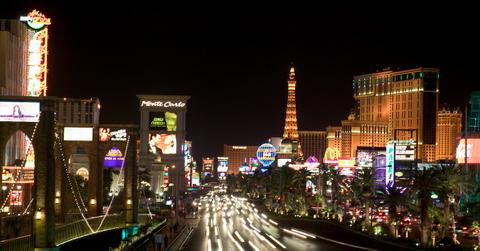
Warming climates have caused all kinds of problems across the U.S. — from California's zombie forests to diminishing ecosystems.
Likewise, over the last few years, Las Vegas' water supply has been struggling, and that isn't just because it's close to the desert. But is Las Vegas running out of water or is there some other factor at play here? It seems climate change may be to blame.
READ NEXT: GreenLatinos Is Making the Environmental Movement More Intersectional
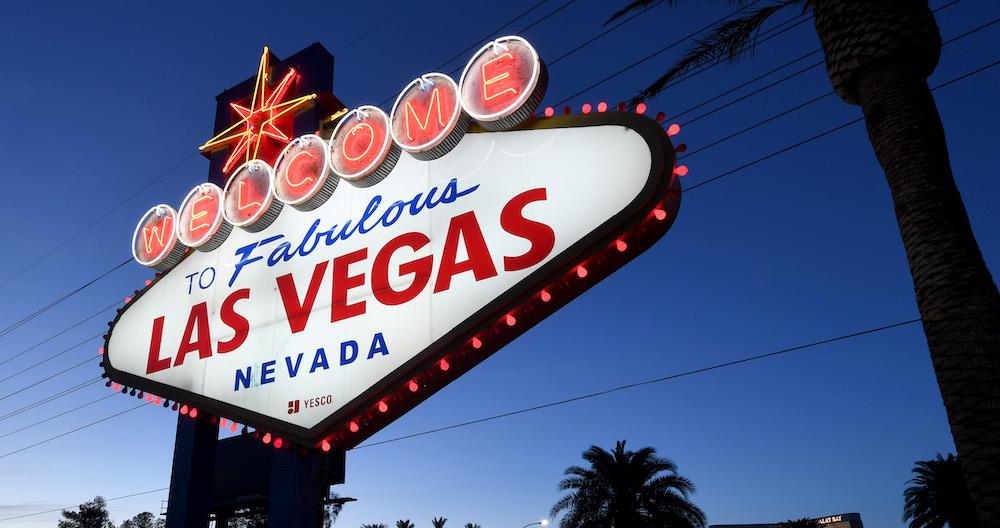
Is Las Vegas running out of water?
According to CNN, yes — the City of Sin is running out of water, and it's happening quickly. Particularly in Southern Nevada where Las Vegas is located, there has been a megadrought because due to decreasing water levels in the Colorado River. The iconic body of water runs right by Vegas, and supplies about 40 million people.
A whopping 90 percent of Las Vegas residents rely on the river for its water. But because of factors, such as the fact that it's being heavily over-used, the water levels in the Colorado River have decreased by about 20 percent since 2000, when compared to the average amount from the previous century.
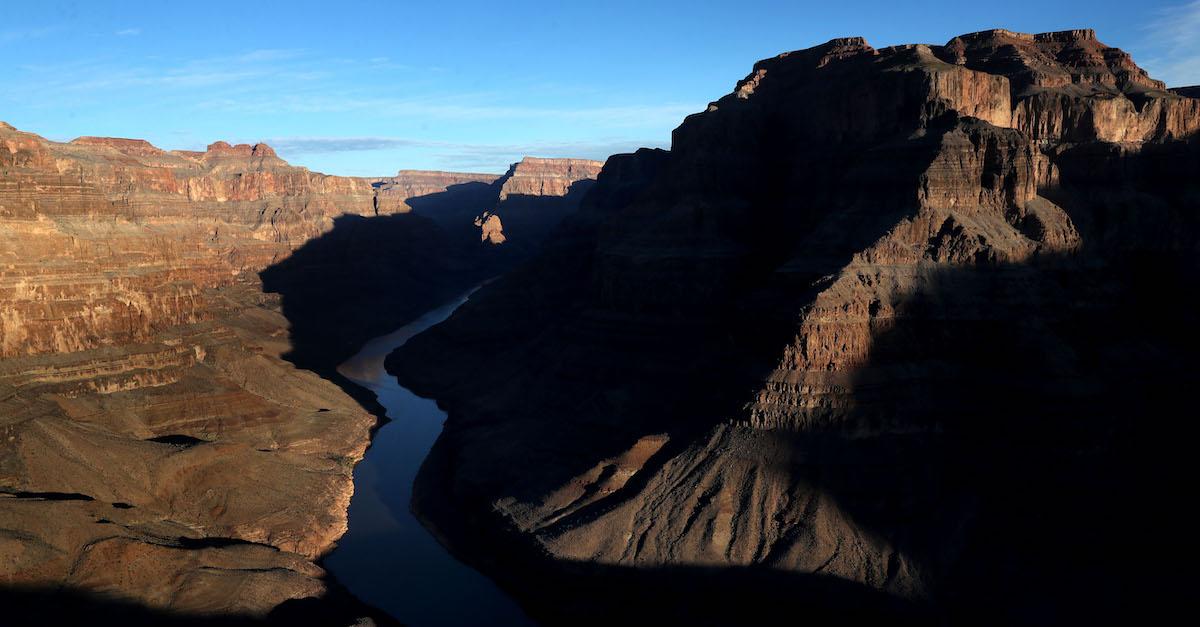
In addition, The Washington Post points out that as well as overuse, the Colorado River is also dealing with rising temperatures because of burning fossil fuels.
To help mitigate the drought issue, Las Vegas has put certain barriers in place. Now, single-family homes can no longer have huge pools installed and "nonfunctional" grass has been banned among other things.
How much longer will Lake Mead last?
The Washington Post states that in 1999, Lake Mead and Lake Powell, two reservoirs connected to the Colorado River, held 47.6 million acre-feet of water and were almost completely full. But as of Feb. 2023, they reportedly held less than half of that amount at 12.9 million acre-feet. At this rate, both lakes will last less than 10 years.
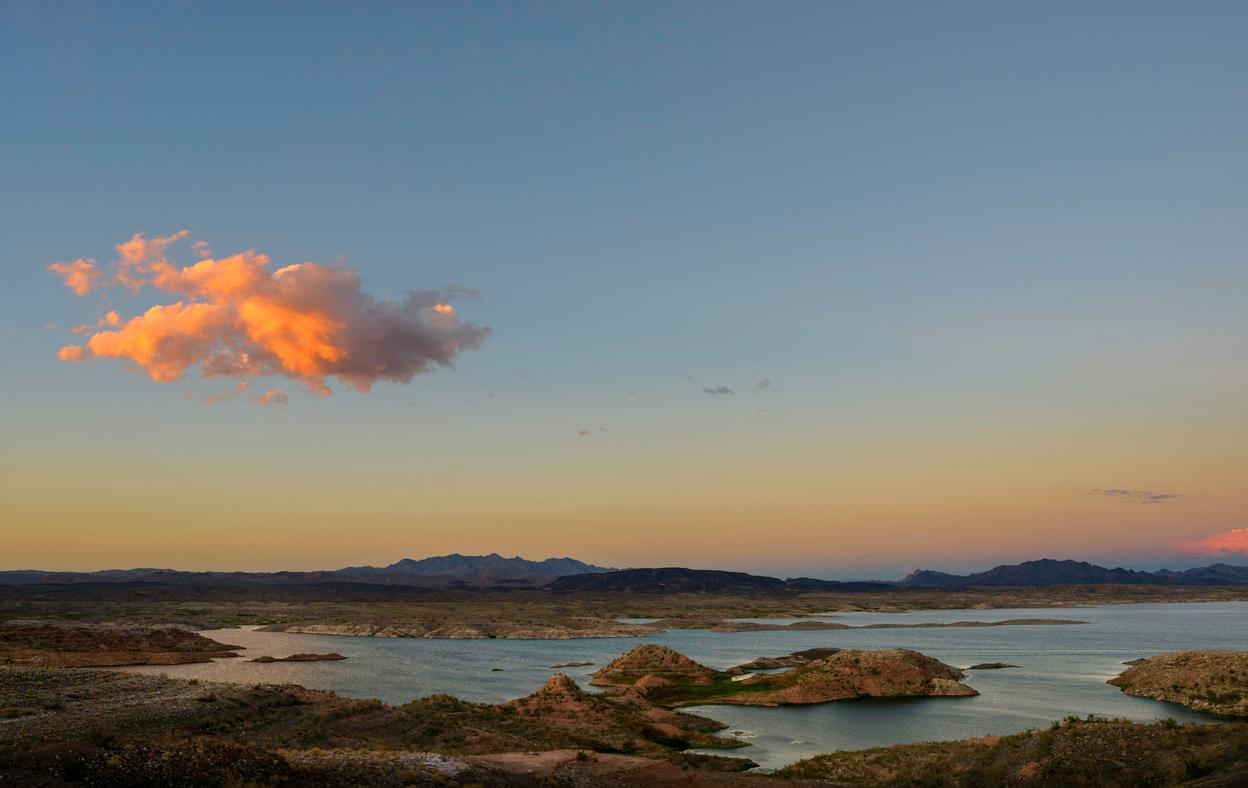
In fact, it's gotten so bad, that water levels in Lake Mead are predicted to reach a record low soon according to 8 News Now. But it doesn't look like it's going to get better soon. In the early months of 2023, California saw a lot of rain. Some areas have even been flooded and because the Golden State is so close to Nevada, could be speculated that the rain would have a positive effect on lake levels.
Unfortunately, that doesn't look to be the case. Newsweek points out that Lake Mead does rely on snow and rainfall to keep its water level up. But research economist at the Scripps Institution of Oceanography at UC San Diego Tom Corringham told the publication that it isn't enough.
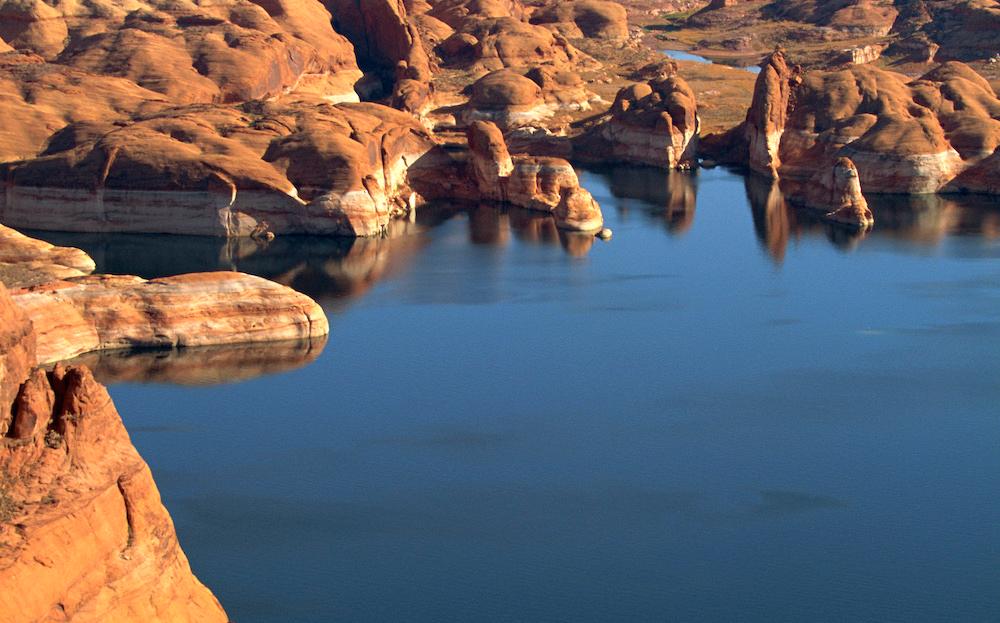
"Refilling Lake Mead and Lake Powell will take years of above-average snowfall," Corringham said. "We're definitely hoping for a run of good years, but the long-term outlook is not good." He also noted that although there has been research into the dropping water levels for years, the lakes are drying up faster than expected.